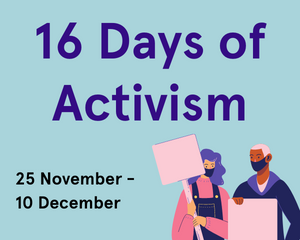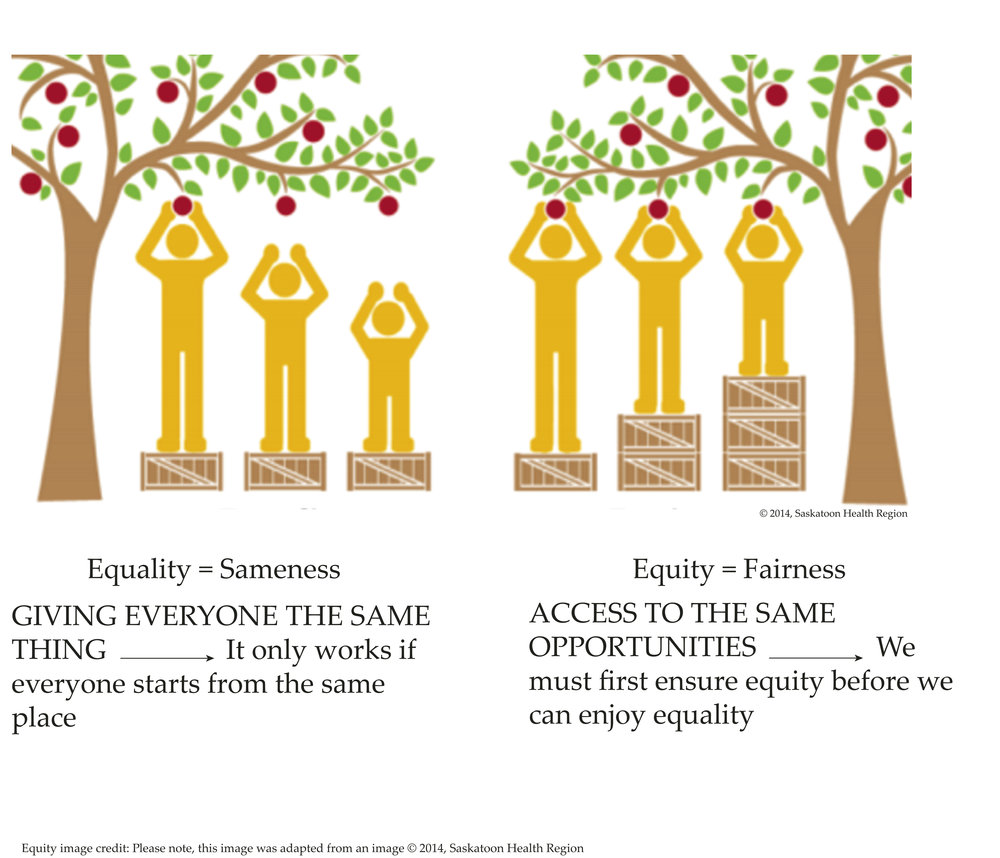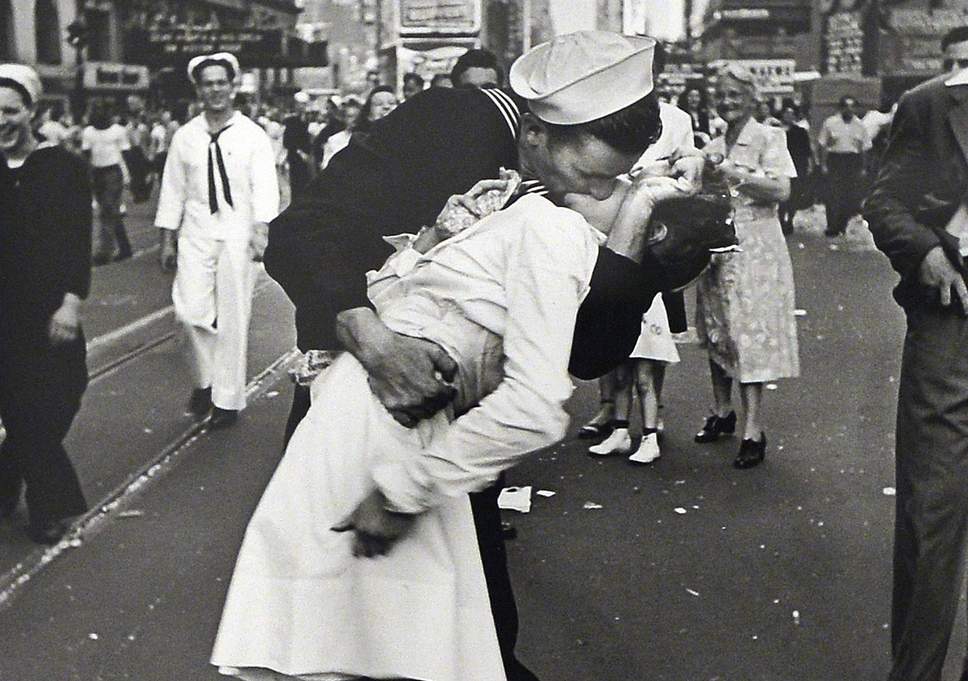‘Victim-blaming’ is when we make the victim/survivor of violence responsible, instead of the violent person. Check out these resources to learn how to recognise and challenge victim-blaming:
- Watch this animation, which reveals the nature of victim-blaming.
- Check out the #FixedIt campaign by journalist Jane Gilmore. It highlights and challenges victim-blaming in the media.
- Read the short article, If You ‘Can’t Understand’ Why Telling Women to Take Care Is Victim Blaming, It’s Time to Listen.
How does it help?
Research shows that attitudes that justify, excuse or downplay violence against women make it more likely to happen. This includes blaming women for any violence they experience.
Victim-blaming focuses on what women were doing, or not doing. It fails to hold perpetrators responsible. It also makes it hard for women to report violence and seek help.
Keep going!
You can continue to challenge victim-blaming in your everyday life:
- Never excuse, justify or minimise violence against women.
- Challenge victim-blaming statements if you hear them.
- Listen to and believe women if they disclose experiences of violence to you.
- Let victims/survivors know it is never their fault.
Instead of asking, ‘Why does she stay if he’s violent?’ ask, ‘Why is he violent?’
Please note that these clips/articles contain information regarding the topics of sexism, gender inequality and violence against women. If you find the information distressing, please click through for information and support on self care. If you or someone you know is experiencing violence, please visit the our help section for further information and support.


